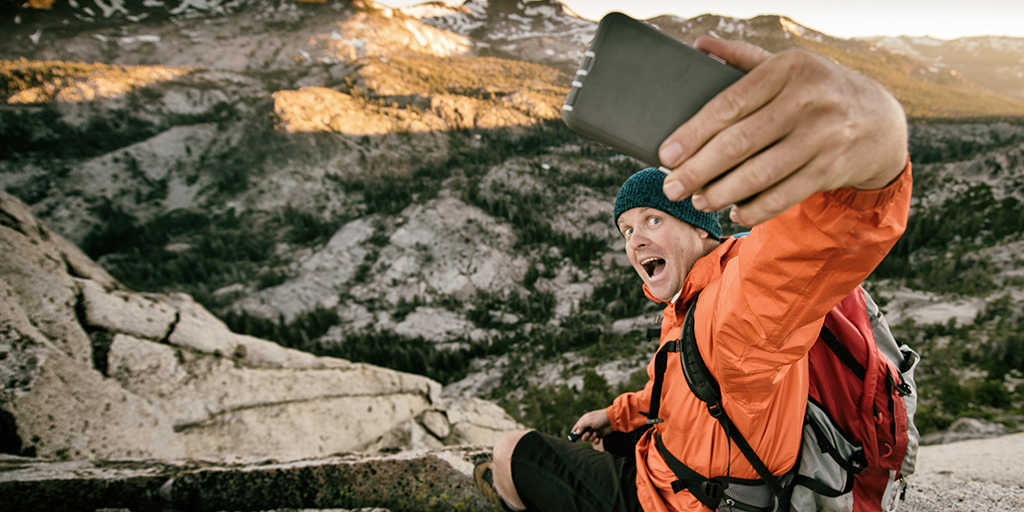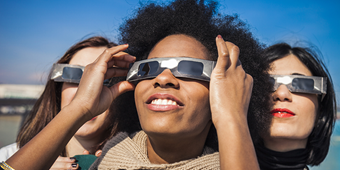Selfie-related Deaths on the Rise: Why?

Find Your Perfect Match
Answer a few questions and we'll provide you with a list of primary care providers that best fit your needs.
What should be fun can turn deadly. Taking selfies can be fatal, according to a new study, which found that 259 people worldwide died taking selfies between October 2011 and November 2017.
And the numbers are on the rise. Just three selfie deaths were reported in 2011. By 2016 the number jumped to 98. Why would someone take such risks when the reward seems minor? Premier Health Now asked Fadi Tayim, PhD, director of the Brain Mapping Center at the Clinical Neuroscience Institute.
He points to an ongoing social competition that encourages people to ‘Do it for the likes.’ “These risk-takers are competing for the most ‘likes’ for a post on social media,” he said. “They’ve placed a value, like a social currency, on the number of ‘likes’ a person can get. The desire to go viral has increased the risky behavior even further.”
Ultimately the risk-takers are looking for recognition in the online community, Dr. Tayim explained. “They see it as earning respect for their risky behavior. It’s the online status they’re after.”
Drownings, falls, fires and transport-related deaths (e.g., in front of a moving train) are the top causes, according to the study’s researchers. The most selfie deaths occurred in India, followed by Russia, the U.S. and Pakistan. More than 70 percent of the victims were men under the age of 30.
What can you do to halt such risky behavior in your child or friend? “The best indicator of future behavior is past behavior,” said Dr. Tayim. “If you’re concerned, have a candid conversation. Talk about why the risk-takers in this study died, what they did and why they got hurt. Discuss that some posts go viral for the wrong reason. It’s not always a positive thing.”
Find Your Perfect Match
Answer a few questions and we'll provide you with a list of primary care providers that best fit your needs.
Source: Fadi Tayim, PhD, Director of the Brain Mapping Center, Clinical Neuroscience Institute; CNN.com





